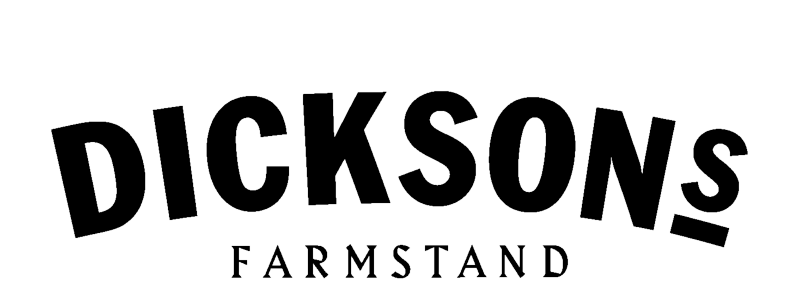Grass- Fed vs Grain-Fed : What’s The Difference?
By jacob dickson
There’s a lot of hype, mis-information and misconception and out there concerning grain-fed and grass-fed beef. If you’ve read Michael Pollan’s Omnivore’s Dilemma, you might get the impression that grain is the devil and eating grain-finished beef makes you a bad person. But the truth is far more nuanced. The grain-finished beef he describes (and is found in your supermarket and McDonalds) is that produced by industrial agriculture and the feedlot system and all the truly terrible practices associated (hormone and antibiotic use, animal based feeds, CAFOs, water pollution and monocultures just to name a few…). This does account of the majority of beef produced/consumed in our country.
But grain-finished beef doesn’t have to be produced in that way (and none of our products are). For example, our grain-finished beef comes from a small farm outside Albany, Wrighteous Organics, and is raised without the use of antibiotics and hormones, with access to pasture, and fed organic grains and hay raised on the farm. We invite you to visit and I’m sure you’ll agree that these animals are healthy and content. And the beef – spectacular. It’s heavily marbled, often at the the high end of ‘prime’
And what about the health impact of feeding grain to cattle? Some say that ruminants (cows and sheep) have evolved over thousands of years to only eat grass and that grains are bad for them. Its really an issue of moderation and what the goals are. In the feedlot system they ‘push’ the animals very hard, trying to get an animal to slaughter weight in 16-18 months. The feed has a very high concentration of corn which raises the ph of their stomachs and will give the animals ulcers if they are not fed antibiotics on a regular basis. In contrast, Martin at Wrighteous Organics lets the animals take their time. The feed is far less carbohydrate (corn) heavy. His animals get to slaughter weight at 24-26 months- 45% longer (and thus less profitable) than what the feedlots are doing. Like candy for humans – in moderation our bodies can process and handle sweets just fine, but in large quantities they have a serious impact on our health.
There is also a lot of hype around grass-fed being better in terms of quality. There is some excellent grass-fed beef out there (like ours), and it is tender with a big, beefy flavor. But the truth is that there is tremendous variation in grass-fed beef and often what is sold is of very poor quality. When I worked at the slaughterhouse, the worst beef we cut was invariably grass-fed (not to say we didn’t also cut high quality grass-fed as well). The reason for this is that grass-fed beef is far harder to do well than grain-fed beef. With grass-fed beef, genetics are far more important. Not all breeds of beef will do well on a 100% grass diet. We’ve spent 60 years breeding animals in this country to do well in the feedlot system, it’s going to take some time to build a herd that does well on a pasture based diet. For this reason, you’re seeing some older varieties being reintroduced such as the Murray Gray, Red Devon and smaller Angus and Hereford varieties. Secondly, quality pastures are a must for a successful grass-fed operation. With grain-fed, you can easily control what you feed your animals based on the feed mix you give them. To finish animals on grass requires extremely high quality pasture with high carbohydrate content. This will vary hugely from season to season even on the same farm. And finally, the knowledge required is much greater if a farmer is going to produce grass-fed beef well. You can’t simply go to Agway and buy a specific feed mix; you need to know your animals, pastures and how to manage the delicate interaction between the two in order to produce a high quality product. We’re just now rebuilding this knowledge base in our country.
There is a prevalent myth that before the 1940s all beef was grass-fed and its a post WWII phenomenon to finish beef on grain. But in fact we’ve been finishing beef on grain for quite some time. Farmer Bob Comis has written a great article on this topic. Bob runs a pasture based farm in Schoharie NY (and does not raise beef) so provides an independent perspective on the topic.
There is also a lot of marketing lately of “grass-fed, grain-finished beef.” I believe this is purposefully misleading the consumer. In our country, that’s just called beef! Even in the feedlot system, most animals are raised on rangeland for the first half of their lives before being sent to the feedlot.
Now I don’t mean to advocate one product over the other. Simply to debunk the myth that all grain-finishing is bad and all grass-fed is good. I support both production methods as long as they are done responsibly and with consideration for the health of the animal and land and produce a great quality finished product that consumers will enjoy.

0 comments